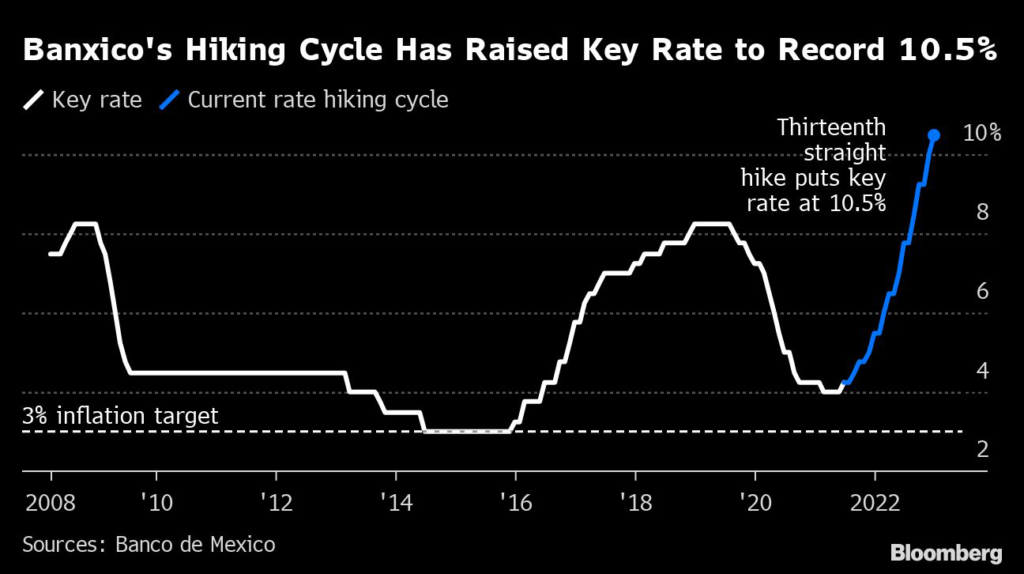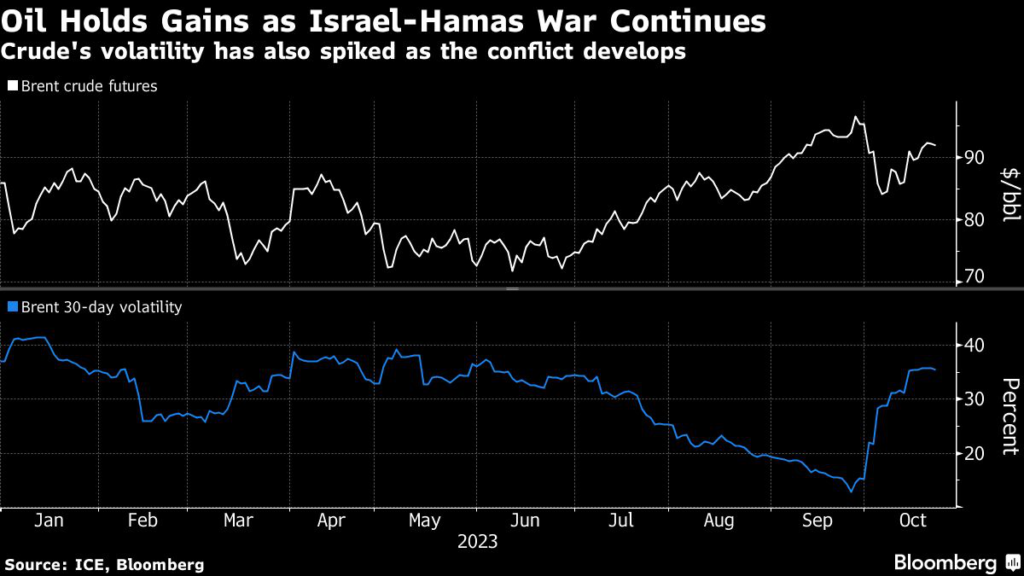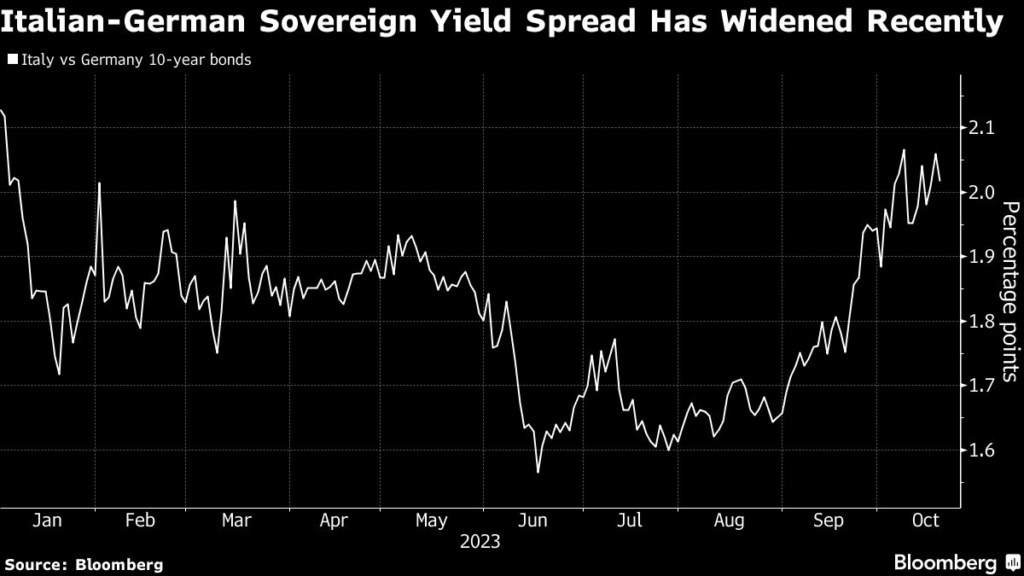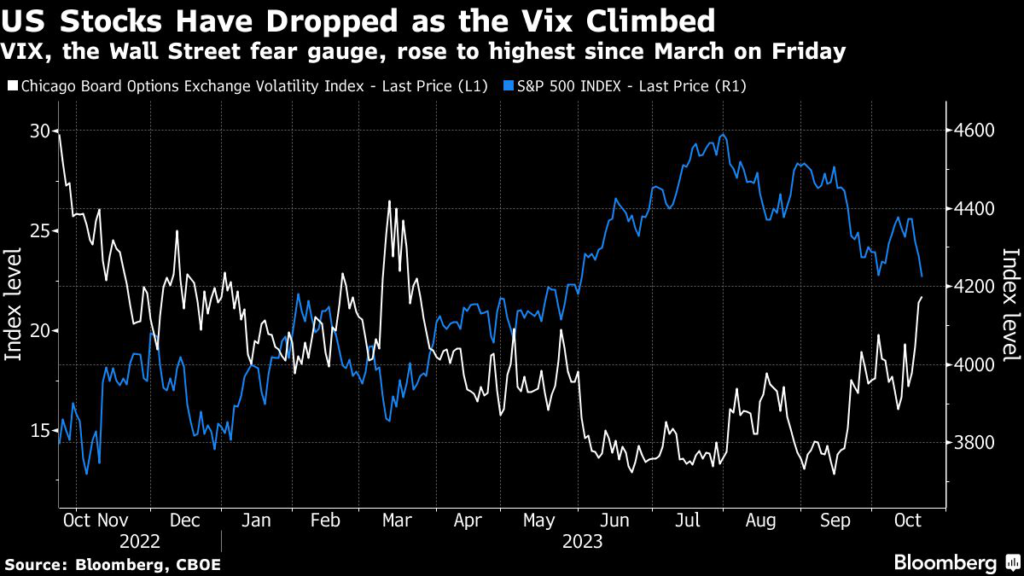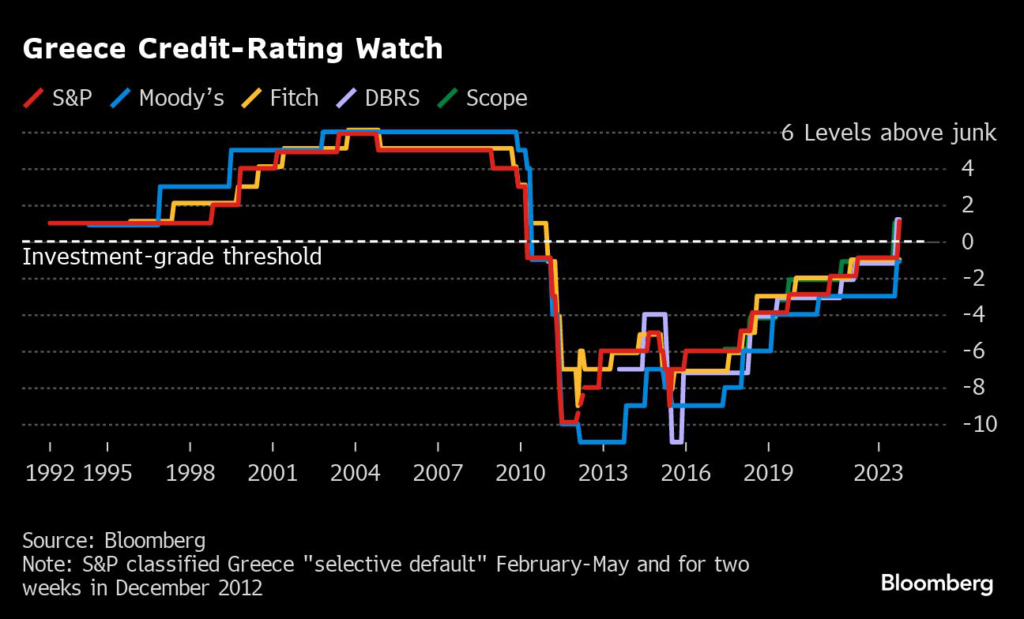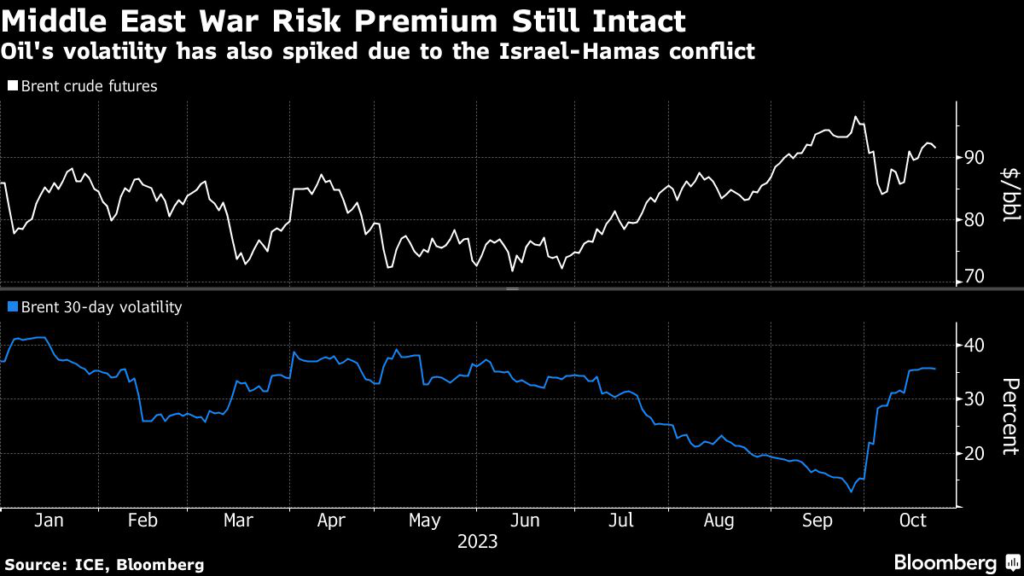Jonathan Heath sees Mexico’s key rate peaking between 10.75% and 11.5% and remaining in “restrictive territory” for a good part of the year
(Bloomberg) — Mexico’s central banker Jonathan Heath says Banxico still needs to raise its key interest rate at least once more and he expects to see it held at its peak for a minimum of six months to ensure inflation subsides.
With consumer price increases only just slowing from a two-decade high, Banxico, as the Mexican central bank is known, will likely hike the benchmark rate by at least another quarter-point, the deputy governor said in an interview. The recent increases took borrowing costs closer to their so-called terminal rate, which “intuitively” may be between 10.75% and 11.5%, he said.
“I don’t see it above 11.5%, actually not even much higher than 11%, but that will depend on the data,” Heath said during the interview at Banxico’s headquarters in Mexico City, noting that his comments reflect his views alone and shouldn’t be considered the position of the bank’s five-person board.
Banxico, which on Feb. 9 holds its first rate-deciding meeting of the year, since mid-2021 has delivered 13 straight hikes totaling 650 basis points to raise the key rate to 10.5%, the highest level since it adopted inflation-targeting in 2008.
As with other central banks in the world, Banxico is now calibrating how far the tightening cycle should go in its protracted battle with inflation to avoid overshooting. Regionally, the bank’s peers in Brazil and Chile have already halted their monetary tightening phase as inflationary pressures in those economies ease, while Colombia and Peru, as well as Mexico, are expected to keep boosting rates.
“We could hold for a good part of the year, because we have to leave the monetary stance in restrictive territory,” Heath said Friday. That stance is necessary “not only so that inflation starts to slow, but to guide it downwards and be certain that it keeps going down,” he said.
Heath also said the bank’s monetary stance had only late last year entered restrictive territory, where it is “comfortably” staying now. Even so, Banxico in December pledged to raise the rate again in February, providing the kind of additional forward guidance that Heath says he fully supports.
Though it’s too early to tell when the bank might start to relax policy, Heath said any cuts “aren’t around the corner” and that the terminal rate will likely need to remain at a high level to ensure that inflation has actually begun to ease. “I don’t see it in six months,” he said when asked about potential rate cuts.
Since hitting 8.7% in the third quarter, Mexico’s headline annual inflation slowed to end 2022 at 7.82%. But core inflation, a key metric that excludes volatile items such as fuel, fell for just the first time in two years to 8.35%, from 8.51% in November, meaning the central bank still needs to see improvement on inflation data.
MEXICO REACT: Lower Dec. Inflation Augurs Smaller Rate Hike
US Impact
Banxico’s inflation fight is getting some support from a continued price slowdown in the US, Mexico’s largest trading partner, where annual inflation came down to 6.5% in December, compared to 7.1% a month earlier and June’s four-decade high of 9.1%. Despite that initial success, US Federal Reserve policymakers have been clear that they’re not finished tightening and once they have they’ll still need to pause and hold for some time.
The puzzle confronting policymakers on both sides of the US-Mexico border is how far into restrictive territory they must take the monetary policy and how to time and fine-tune the eventual easing. A misstep to either side risks letting the inflation genie back out of the bottle on the one hand or tipping their respective economies into recession on the other.
To make that judgment in Mexico, Heath says Banxico would do well to closely watch the evolution of the inflation-adjusted interest rate, or real interest rate, and inflation expectations, both of which are moving in the right direction.
The declining trends now seen occurring with the two metrics, if continued, would make the bank’s real effective stance going forward increasingly more restrictive, even if policymakers keep the nominal rate unchanged, he said.
Elaborating, Heath explained that he keeps a close eye on a measure economists refer to as the ex-ante real interest rate — the current nominal benchmark interest rate adjusted for future inflation expectations. Using the most recent central bank survey, the one-year ex-ante real rate is approaching 5%, which could be considered restrictive.
“If you leave the rate at, let’s say, 11% and expectations fall to 3%, you’ll have an immense real rate that is far, far more than needed,” he said. “We don’t want an overshooting and that could be a drastic overshooting. Therefore, that’s something that we need to be very careful with.”
Read More: Mexico Surprises Banxico Watchers With Unexpected Board Pick
Other comments by Heath during the interview:
— On Banxico’s terminal interest rate:
“We can’t really say what’s the terminal rate. But what I do believe is that we can think we are approaching it. And that’s why we were reducing the speed a bit, we don’t want to have an overshooting.”
— On possible rate cuts on the horizon:
“We don’t know because it’s a function of many variables that we don’t currently know. And one of the main ones that we don’t know is how inflation expectations will react going forward, because those expectations are determined by the market.”
“Because we don’t know how quickly the expectations will go down, we can’t say whether we will keep the rate constant during the whole year or start lowering it before the end of the year. Intuitively, I don’t think we will keep the nominal rate constant for the whole horizon where monetary policy works, which we say is eight quarters. That’s something I personally don’t see.”
— On forward guidance:
“That’s something that we should always keep and we should always be the clearest possible to help the market more or less understand what we want to do and where we want to go.”
“Forward guidance is an instrument that helps monetary policy to be more efficient, more effective and therefore we shouldn’t waste it.”
“I’d always be in favor of good forward guidance.”
–With assistance from Nacha Cattan.
(Updates with Heath comments at the bottom of the story.)
More stories like this are available on bloomberg.com
©2023 Bloomberg L.P.

